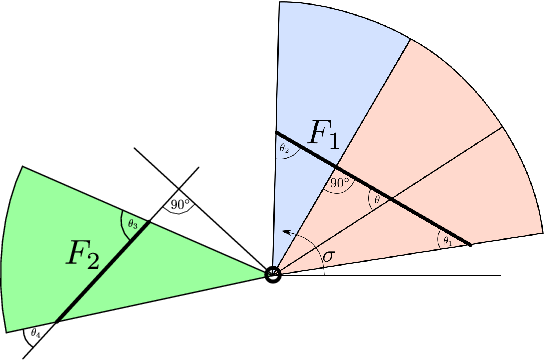Next: 6.3.2 Handling Small Angles Up: 6.3 Rotational Symmetries Previous: 6.3 Rotational Symmetries Contents
![\begin{subfigure}
% latex2html id marker 12389
[t]{0.35\textwidth}
\centering
...
...{figures/slicing_position_good}
\caption{\emph{Good} position}
\end{subfigure}](img1185.gif)
![\begin{subfigure}
% latex2html id marker 12396
[t]{0.35\textwidth}
\centering
...
...h]{figures/slicing_position_bad}
\caption{\emph{Bad} position}
\end{subfigure}](img1186.gif)
While the slice position shown in (top picture) introduces a small inner angle (visualized in red) which potentially affects the mesh element quality in a negative way, the slice position shown in (bottom picture) is optimal, meaning that the newly introduced angles are minimized. |

The newly introduced angle |
florian 2016-11-21